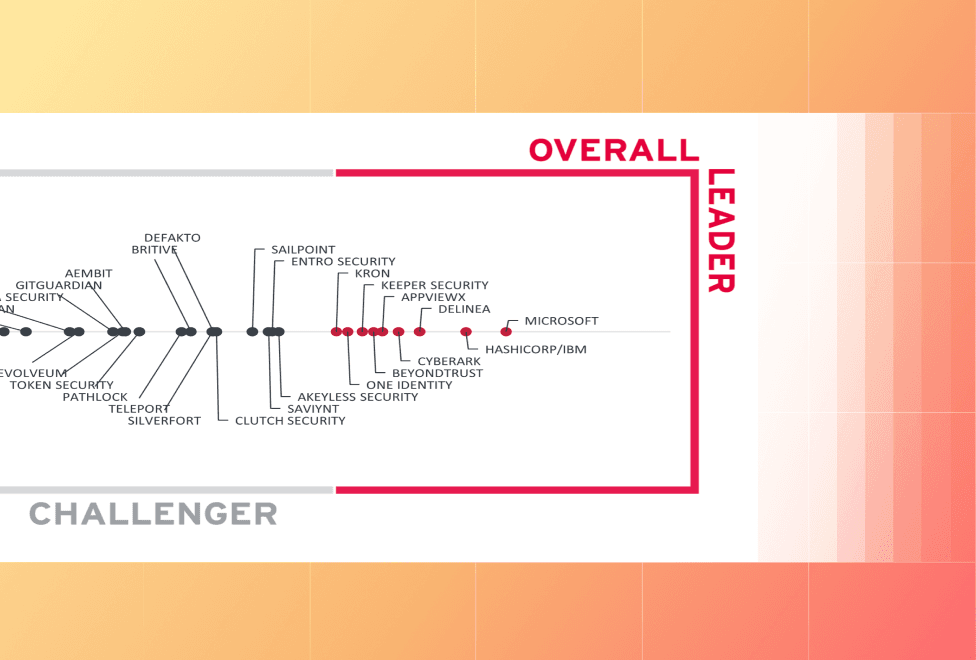Too often in hybrid cloud environments, warning signs are ignored. Problems compile until, eventually, organizations find themselves buried in infrastructure complexity.
The good news: they’re not alone. In fact, 52% of organizations consider hybrid cloud complexity their biggest infrastructure challenge, according to the 2025 Cloud Complexity Report. By recognizing the early indicators of trouble, enterprises can more quickly get back on the path to fast, secure, and optimized infrastructure.
Below are the red flags that signal an organization’s cloud strategy is in need of a reset:
»You keep buying tools but nothing actually changes
On average, companies are using five or more tools to manage their cloud infrastructure, according to the report. The answer isn’t a greater volume of solutions – it’s a more capable unified lifecycle management platform. In fact, continuing to cram the technology stack with new software can actually exacerbate, not fix, many of the existing problems. Data remains fragmented, making it harder for platform teams to get critical intelligence about the health and security of their hybrid cloud. Meanwhile, engineers waste time toggling between different applications. And security teams struggle to keep policies consistent across all their environments.
»Your cloud bill always surprises you
When cloud bills vary wildly each month, the impact can be felt across the organization. Unexpectedly high costs force businesses to make tough budgeting decisions elsewhere. And there’s less available money to fund next-generation initiatives, like AI agents. Top-performing cloud organizations are constantly aware of their cloud spend. Platform teams are proactively alerted when significant deviations occur so they can address the issues before they become more expensive. And beyond controlling costs, with the right unified lifecycle management platform, companies can even utilize capabilities like automatically eliminating idle resources to lower their cloud bills.
»Security slows down everything — or gets bypassed
Security shouldn’t be an afterthought. But too often, the burden is on developers to build the right security protocols into their applications. As a result, there are inconsistent standards across environments, which can make it harder and more time-consuming to detect and fix vulnerabilities. Conversely, highly mature cloud organizations invest in continuous and automated delivery of security. They build foundational policies into templates that developers can access through self-service interfaces, creating uniformity across environments to reduce risk.
»There’s no shared roadmap
The majority (73%) of platform and security teams don’t work as a unified function, per the Cloud Complexity Report. Typically, this is a technology problem, not an organizational one. Engineers and security professionals spend their days in different systems, dividing workflows and making it hard for them to share intelligence and implement security standards across teams. With a unified underlying platform, security and infrastructure specialists can manage the lifecycle of cloud workloads in a more collaborative way to make hybrid clouds less complex. In fact, the majority of organizations (51%) cite better visibility of hybrid cloud environments as a key benefit.
»Manual fixes eat up valuable time
When platform teams have to manually manage scripts, secrets, and one-off processes for provisioning and configuring infrastructure, they’re constantly in firefighting mode. Without infrastructure as code as a foundation, it’s difficult to automate these disparate responsibilities. And when engineers spend their days reactively addressing problems, they can’t focus on the proactive tasks. It’s why, over the next year, 52% of organizations are focused on AI-driven automation to help with cloud management, according to the survey.
»You’ve scaled services, not strategy
Spending more money on cloud resources every month isn’t a strategy. Instead, enterprises need executive alignment on a broader plan of how to turn infrastructure into a competitive advantage. Across teams, there should be mutual accountability for cloud environments and a shared focus on security best practices. A unified platform helps achieve this by building standards and best practices invisibly into developer workflows. According to the report, 51% of organizations improved collaboration and standardized processes with a lifecycle management system.
»Your cloud feels more complex, not less
Typically, companies experience many of these previously mentioned red flags at once. Isolated, they’re a headache. But together, these problems increasingly weigh on productivity, employee well-being, and budgets. Instead of building, developers are burdened with manual tasks. Environments are siloed, and teams feel increasingly isolated from one another. When problems occur, time is wasted trying to track down the problem across multiple tools. And there’s no single source of intelligence for leaders to quickly access the health of their hybrid cloud environments.
»Next steps
Don’t wait for the problem to get worse. Instead, learn how the Infrastructure Cloud is helping organizations start the journey to address these red flags and start getting the ROI that cloud adoption promised.
Read the full 2025 HashiCorp Cloud Complexity report for more insights on the cloud challenges organizations are facing, along with insights on how the most skilled teams are handling them.








